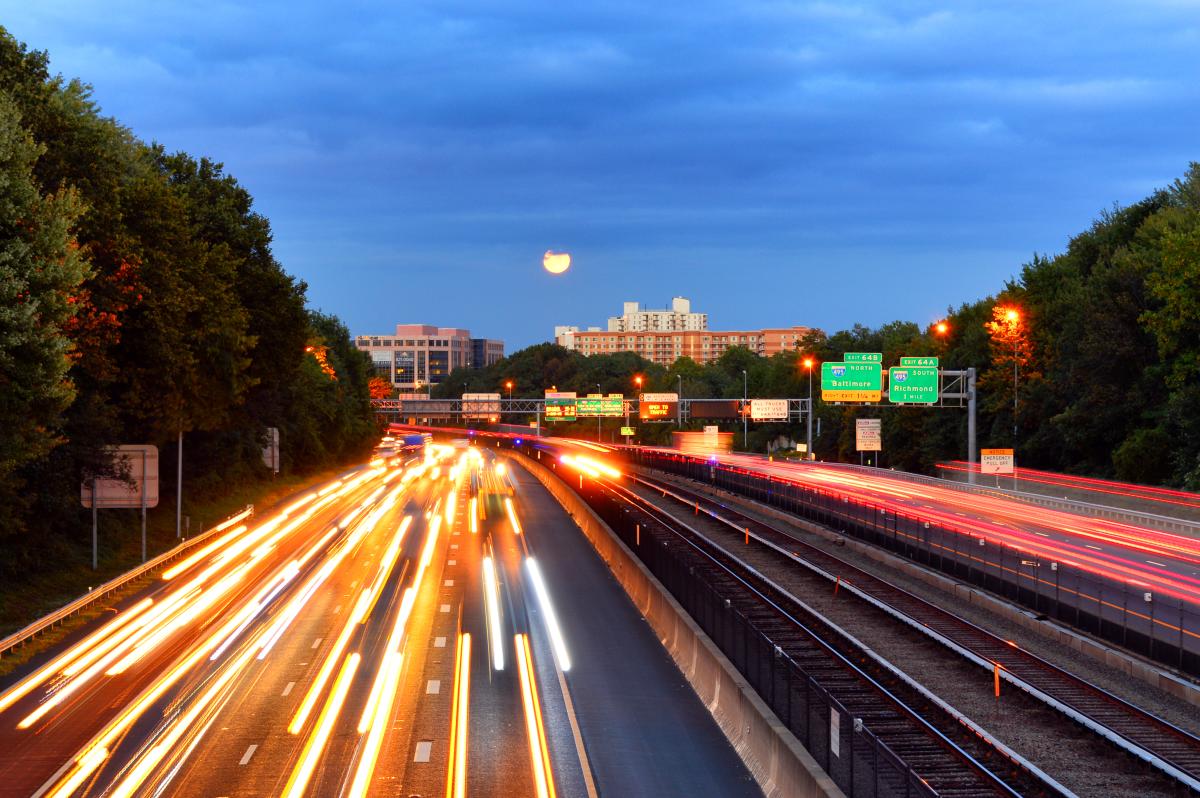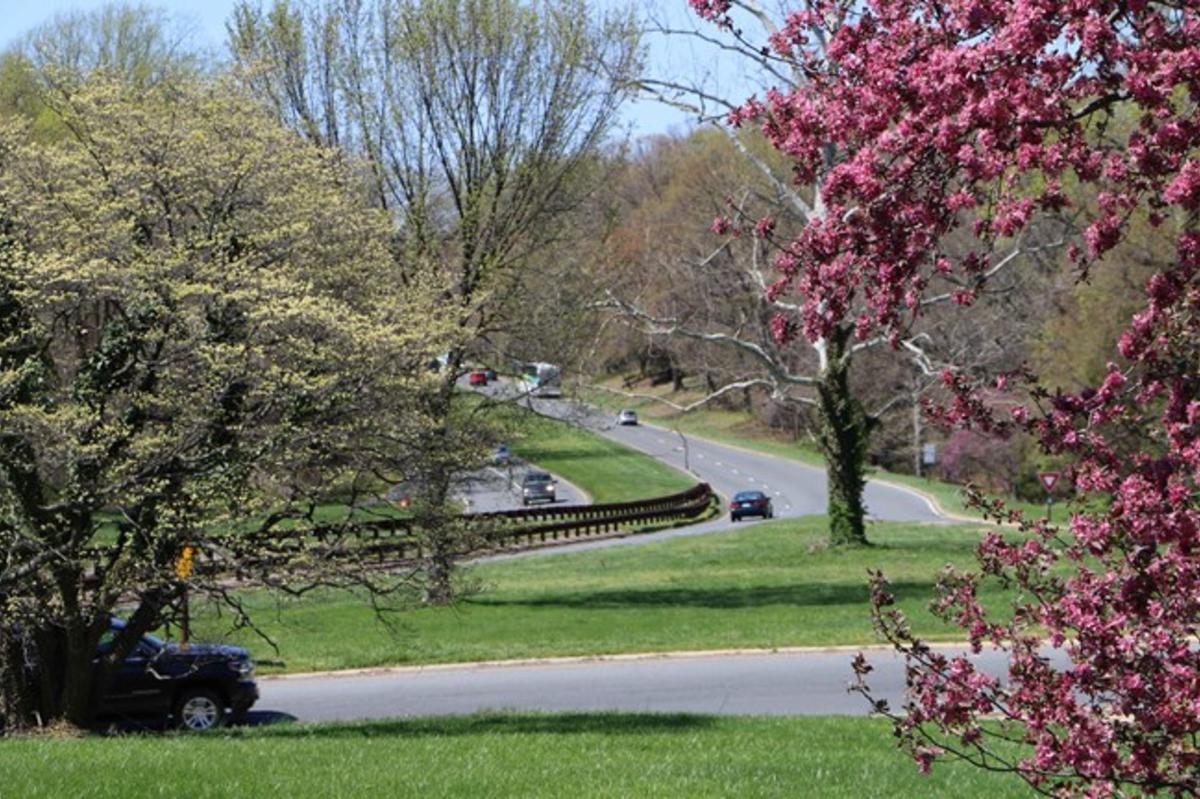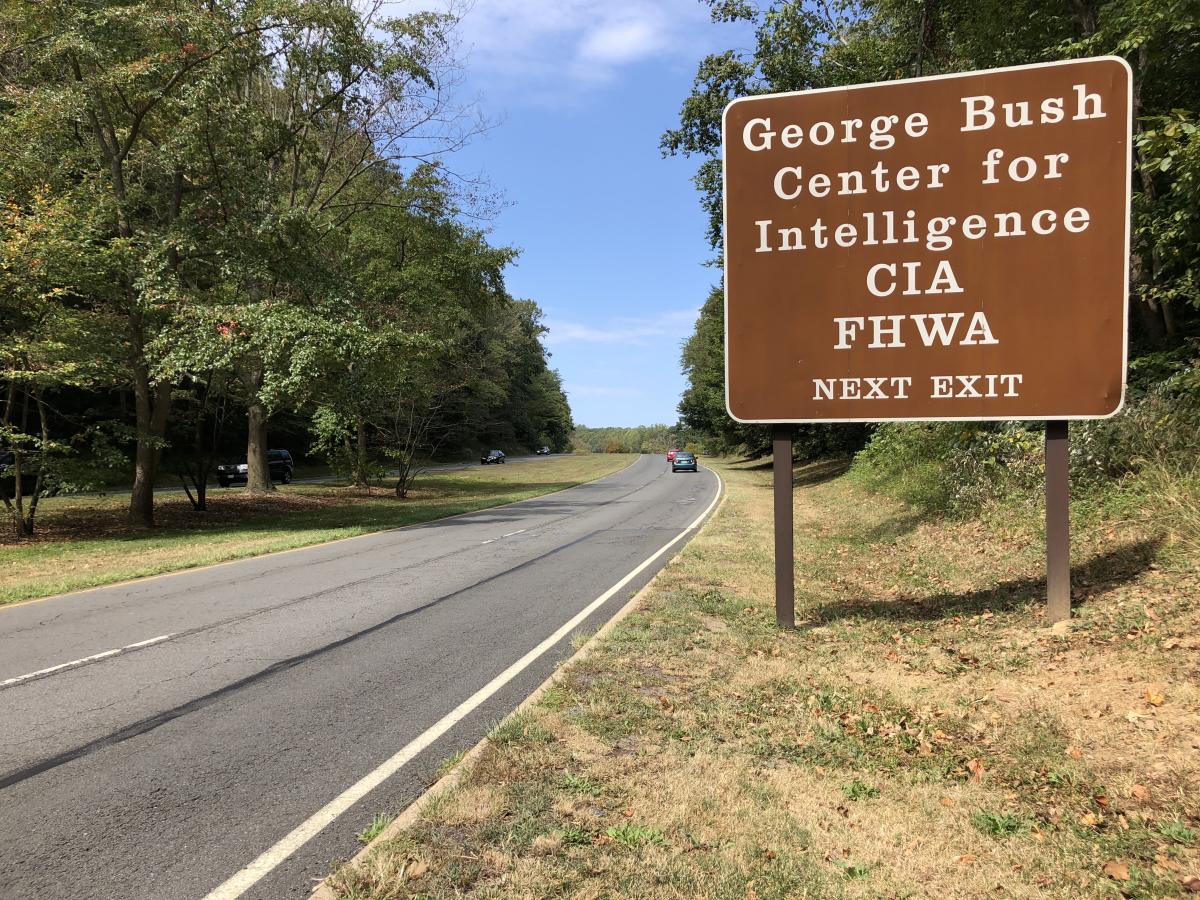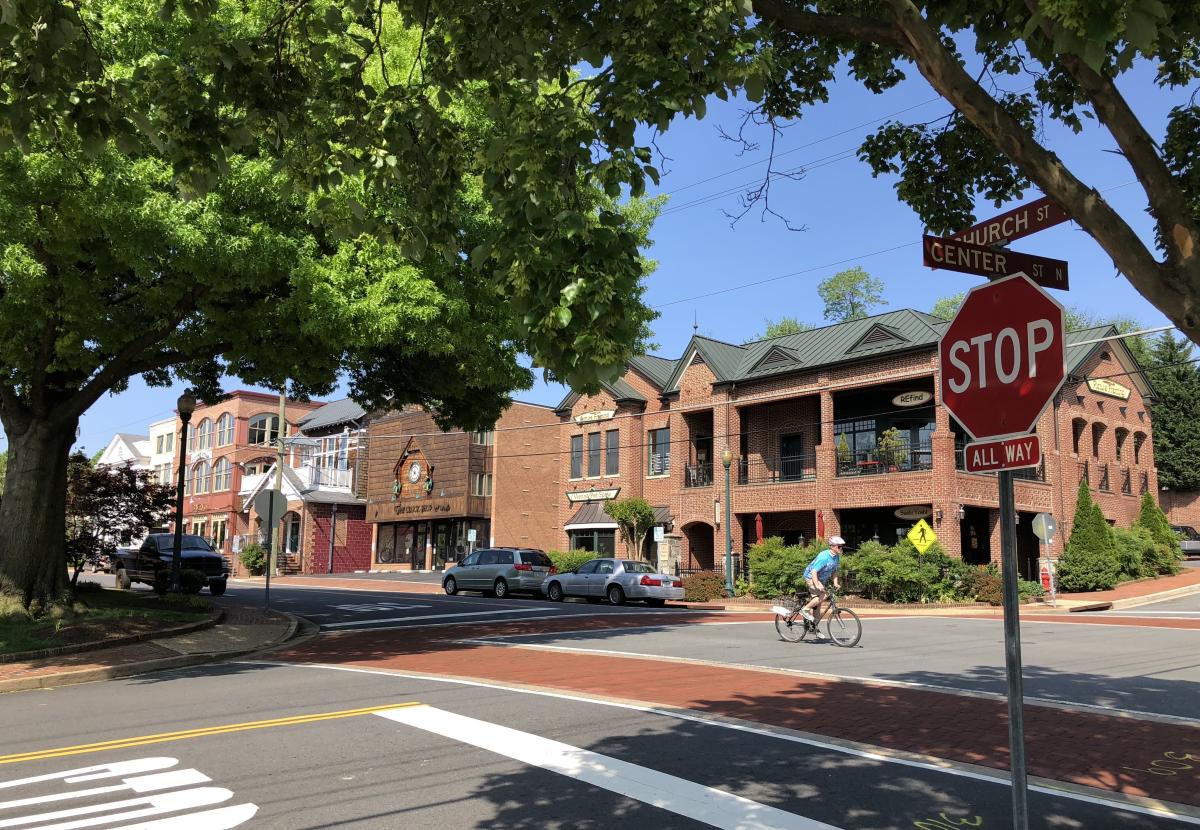Growing up, my family’s life was dominated by the “best way” to get from Point A to Point B. My dad was an Air Force navigator, so it makes sense. He’d spend hours studying maps, figuring out the fast route, the scenic route, the interesting route, etc. It prepared me well for living in the ever-bustling Capital Region where traffic is often a water cooler topic and alternate routes abound.
With 406 square miles of wonder to explore, the first thing you need to know about a trip to Fairfax County is that a car will come in very handy. Yes, the Metro is fabulous. And Metrorail + Metrobus and local bus lines can take you pretty much anywhere you want to go. But it is your vacation. And you are not just going to want to see Fairfax County and Washington DC. Maybe you’ll want to check out the big Ferris wheel at National Harbor. You might want to venture out to wine country. Or perhaps you’ll want to day-trip to Skyline Drive. For those things, a car is a must!
So here are some tips I’ve amassed over decades of living here that may make driving around Fairfax County and the Washington, DC region feel like a breeze.
How to manage the elephant in the room—rush hour.

What they say is true. Rush hour in the DC Metro region can be unforgiving. The federal government (the largest employer in the region) and other businesses enable flexible work schedules as a result. That way, people can begin work at 7am, for example, and leave at 3pm for a more amenable commute or work-life balance. As a result, rush hour begins at 6am and ends around 10am. And it starts back up again at 3pm and goes to maybe 6pm. If you want to avoid traffic, you need to keep your driving in the 10am to 3pm window, or after 6pm. During that window you should be fine. Local tip: If you MUST drive during rush hour AND it is raining or snowing, be sure to budget some extra time.
Restricted routes you should know about—EZ Pass, HOV and tolls.

There are some roads and lanes with odd rules and restrictions that you should know about before setting out on the road. These definitions should help:
- HOV—High Occupancy Vehicle. During rush hour, some lanes are reserved for high occupancy vehicles. An HOV-2 lane means you need two people in your car to drive in that lane. HOV-3 needs three people. The lanes are clearly marked with signage above and big diamonds on the pavement. You will see them on both major and secondary commuter routes. Where it gets tricky for visitors is I-66. The entire highway inside the I-95/495 Beltway is HOV at certain times of the day, depending on the direction you are going in. If you are driving alone, an often-hefty fine is assessed to your E-Z Pass which fluctuates depending on traffic volume. Local tip: Avoid 66 inside the Beltway altogether.
- E-Z Pass and toll roads. E-Z Pass is a transponder you keep in your car and it allows you to drive on E-Z Pass toll lanes and fly through toll booths without stopping. You pre-load it with money and fees are assessed electronically. You’ll find E-Z Pass roadways all over Virginia and the Mid-Atlantic. So if you are from a few states away, it’s worth it to get one if you’ll be doing a lot of traveling by car. Some roads, like I-66, are toll roads only at certain times of the day. Others, like the Dulles Toll Road, always collect tolls. There are also lanes on I-95, 395, and 495 that require E-Z Pass. Local tip: Toll booths are unmanned. Cash won’t cut it. Have a credit card ready. Additional Local tip: If you are going directly to the airport, there is no toll at all. Be sure to follow signage.
The best roadways in all the land.

If there is one thing the navigator’s daughter can tell you, it’s that the best route is not always the fastest or most direct route. During rush hour, non-rush hour, and rain and snow, the best route is always the road with “parkway” in its title. The Fairfax County Parkway reaches from Fort Belvoir to Dranesville/Great Falls. And the George Washington Memorial Parkway reaches from Alexandria to McLean. The two together act as a kind of Fairfax County beltway, hugging the bulk of the county with pretty roadways, lighter traffic, and some points of interest nearby. The National Museum of the US Army, Springfield Town Center, City of Fairfax, and Reston Town Center are all easily accessed by the Fairfax County Parkway. And the GW Parkway is not only beautiful with great views of Washington, DC, the monuments, Georgetown, and more but it is filled with scenic parks and pull off spots. Local tip: Pull over at a scenic overlook or Roosevelt Island (accessible only northbound on the GW Parkway) for some surprising adventures you’ll never forget.
The drives you should definitely take.
 George Washington Memorial Parkway, courtesy National Park Service
George Washington Memorial Parkway, courtesy National Park Service
In general, traffic isn’t always a bear and Fairfax County generally has great roadways. In fact, on weekends and during non-rush hours, I-495, I-95, and I-66 can get you where you need to go quickly. There are plenty of scenic drives and neighborhoods to explore. Follow these links to see where hitting the road will lead:
- Scenic Fall Routes. From Rt. 50 to Skyline Drive, these routes will lead you through fabulous fall colors.
- Route 1. The Rt. 1 corridor in Alexandria stretches just 14 miles but has birding, African American history, Revolutionary War history, an arts center, George Washington’s Mount Vernon, and a bunch of great Hispanic food.
- Great Falls. Rolling, winding country roads that lead past glorious mansions to a waterfall? Yes, please! I may be partial to Great Falls having lived there once. But really, there is no greener, more scenic and more fun route to ride.
- Town Tours. Take a road trip to one of our neighborhoods. Eat well in Annandale. Explore food and fun in Falls Church. And fuel all your senses in Vienna. Find even more by clicking the Neighborhood Guide category here on our blog.
The exit ramp you should definitely NOT take.
 Courtesy Wikimedia User Famartin
Courtesy Wikimedia User Famartin
Avoiding the rush on I-95 and I-66 inside the Beltway is tried and true advice. But another smart piece of wisdom: if you are on the GW Parkway and see a sign for the CIA, don’t take the exit. You might be thinking, “Oh, I’ll just go and see what it looks like from the outside. What harm could there be?” Ixnay on the IA Cay. The exit offers no turnaround and cameras are pointed at you the whole way. The gate guards will NOT find you amusing. You’ll shake like a leaf and be paranoid that they are still watching for weeks. Local tip: The CIA is not for tourists. Even though there is a museum inside.
Where to park.
 Town of Vienna, courtesy Doug Francis
Town of Vienna, courtesy Doug Francis
With all this talk of rush hour, it’s time for some good news. Fairfax County has ample parking everywhere and, for the most part, it’s free. Just read street signs. Elsewhere in the region, you are likely to run into parking fees. Washington DC can be expensive, asking upwards of $20 for a couple of hours of parking. That said, most every museum and attraction is free in DC, so parking is all you have to worry about. There are parking apps you can download with availabilities and rates. You can even reserve spots in advance. Local tip: Read the signs and meters. Street parking in Old Town Alexandria, Arlington, and DC is usually free on Sundays and holidays.
There is so much to see and do in Fairfax County and you don’t want a traffic ticket or hefty toll fine coloring your trip. Once you know the rules and traffic patterns, getting around by car is really easy. And it helps you reach off-the-beaten-path places like the Workhouse Arts Center, The Winery at Bull Run, and the legendary L’Auberge Chez Francois. So hop in your car, hit the road, and explore all 406 square miles of fun in Fairfax County!
Got other pro tips to share with future travelers? Drop them in the comments or join the conversation on social using @VisitFairfax and #FXVA.







